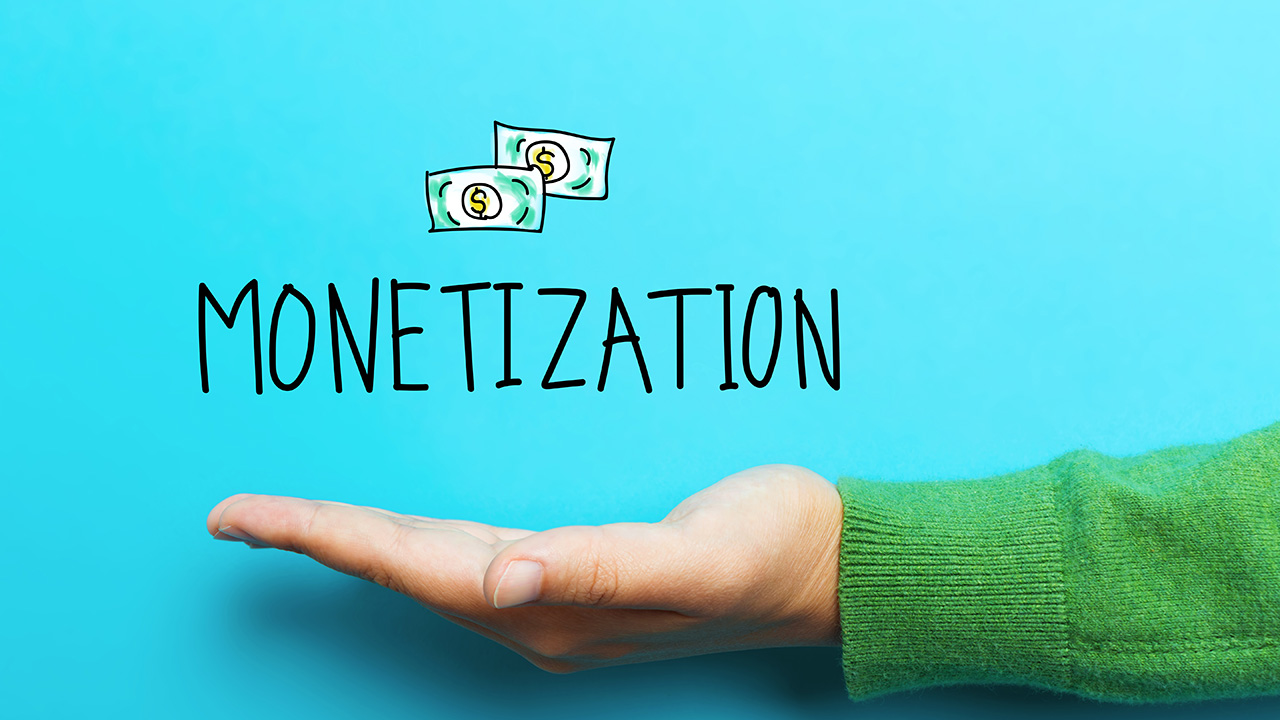
3 Basics of Facebook Analytics
This article by VerticalResponse CEO and founder Janine Popick originally appeared on Inc.com.
You’ve spent a significant amount of time setting up your business’s Facebook presence and are feeling pretty good about it. You’re finding content to share on a regular basis, and steadily growing your “like” base beyond just friends and family.
But this isn’t the time to start slacking off. In fact, it’s now – when you’re gaining some momentum – that you need to take your Facebook efforts to the next level.
Now that you’ve got a few months’ worth of activity, you should begin to look at what kind of content is resonating with your audience and what’s not, so you can become more targeted and efficient with your efforts. This knowledge also is important if you’re thinking about doing some paid Facebook advertising.
1. Analyze Your Content
If you don’t already know, Facebook Insights is the platform’s free built-in analytics package, and it’s available to Facebook page administrators. Facebook Insights will be your new best friend.
Facebook Insights collects a lot of data about your page, from visits and reach to engagement and demographics. You can see how each individual piece of content is connecting with your audience. You can get a snapshot view of how many people have seen each of your posts (“Reach”), clicked on it (“Engaged Users”), commented or liked or shared (“Talking About This”), and a whole lot more. You can also see how well certain types of content – photos, videos, links, questions, etc. – perform compared to each other.
So, for example, if you find that a photo of your pup at company headquarters resulted in a spike in engagement, you might want to start having Fido make more regular appearances. If you tend to get more engagement on Saturdays and Sundays, save your best content for the weekend. See what happens with your analytics.
2. Analyze Your Audience
Who are your “likers”? Are they in their 20s, or 50s? How many “liked” you by clicking on your page’s “like” button, and how many by clicking on an external plugin?
Facebook Insights can tell you all this, too. These stats can help you deliver even more targeted content and grow your community. If your audience skews younger, for example, it might be okay to sprinkle some “LOLs” once in awhile in your posts. If a lot of them “like” you through an external social plugin, think about where these plugins are (maybe your blog or website?) and consider making the buttons more prominent.
3. Give Facebook Advertising a Try
Once you’ve familiarized yourself with Facebook Insights, you might want to test a small advertising campaign to get more exposure. There are different advertising options, including ads and sponsored stories that run on the right-hand side (and are most effective to get new fans), and promoted posts (which gets your post in front of more people who already “like” your page). Learn more about Facebook advertising here.
The great thing about advertising on Facebook (besides the fact that it’s really easy) is that you can target your ad to a specific audience based on location, gender, age and/or interests. And, you can start with a small/limited campaign and, based on how well it’s performing, adjust your budget – or stop advertising altogether – anytime.
We have a saying here at VerticalResponse, that I think applies to most companies: “Always be testing.” This should be the case for your Facebook strategy, too. And Facebook Insights is an amazing tool to help you test, track and refine your efforts.
Have you used Facebook Insights to track your page’s performance? What metrics/numbers are the most helpful?
© 2013 – 2018, Contributing Author. All rights reserved.





